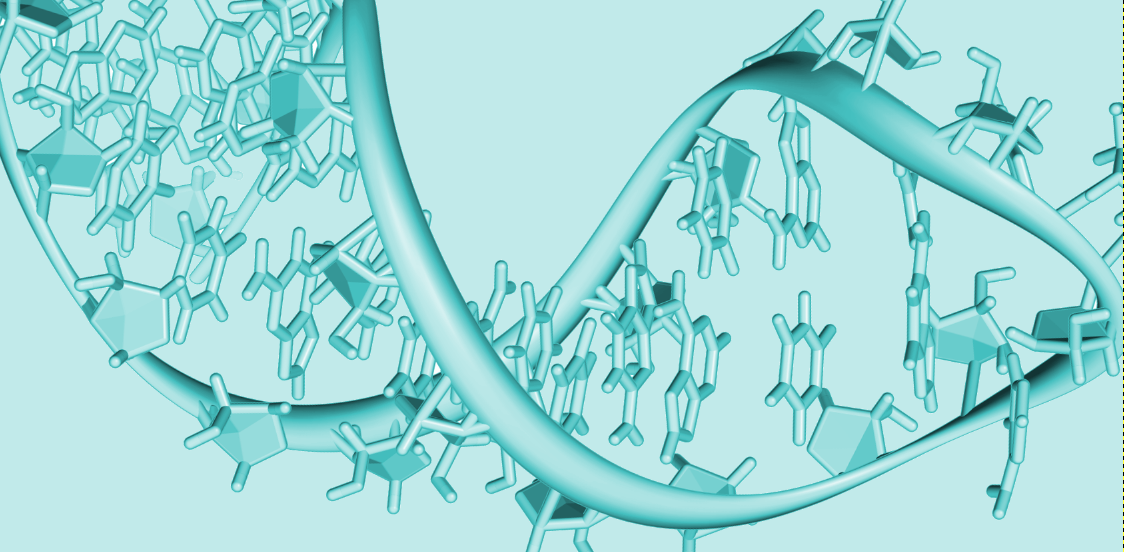
A new Boston University study utilizing computing resources housed at MGHPCC provides insight on the potential role played by RNA (ribonucleic acid) editing in cancer.
Read this story at AAAS Eurekalert
The findings, which appear online in the journal Scientific Reports, may further our understanding of an emerging mechanism implicated in tumor initiation and progression, and may thus lead to the development of better treatment options in the future.
In every healthy human cell, the genetic information hard-wired into the DNA is transcribed into messenger RNA, which is in turn translated into proteins, the workhorses of all body tissues and organs. The prevailing view is that most malignancies are caused by DNA mutations, which can lead to the aberrant activation or inactivation of the corresponding protein products and to the consequent out-of-control growth and proliferation of malignant cells. RNA editing, the process by which 'mutations' of the RNA sequence are introduced post-transcriptionally, has the potential to impact a variety of cellular processes yet the precise mechanism of how has been poorly understood until now.
Previous studies have shown that more than one million sites in the genome are edited to various degrees. Despite the fact that a majority of these editing sites fall within regions that are not translated to protein, it has been shown that the differences in RNA editing levels between tumor and normal tissues are associated with different clinical outcomes. Currently, only a few coding RNA editing sites have been functionally characterized. However, it is still a puzzle whether and how the majority of the RNA editing events in the untranslated regions affect tumor growth.
Researchers from Boston University School of Medicine (BUSM) analyzed 14 tumor types, and identified more than 2,000 genes showing significant changes in RNA editing level between tumor and normal tissues.
"This study suggests that RNA editing may serve as an important epigenetic mechanism of cellular regulation beyond the genetic/DNA level," explained corresponding author Stefano Monti, PhD, associate professor of medicine at BUSM. "We show that the effect of one epigenetic component can be offset by changes in another epigenetic component. Thus, it is important to have a comprehensive picture of changes in the cancer genome, which may point to vulnerabilities amenable to targeted treatment," added lead author Liye Zhang, PhD, postdoctoral fellow at BUSM.
Partial support for this study was provided by an MGHPCC seed fund grant.
Liye ZhangStefano Monti
Monti Lab
Computational Biomedicine Section, Department of Medicine, Boston University
Liye Zhang, Chih-Sheng Yang, Xaralabos Varelas, Stefano Monti (2016), Altered RNA editing in 3′ UTR perturbs microRNA-mediated regulation of oncogenes and tumor-suppressors, Nature, Scientific Reports 6, Article Number: 23226, doi: 10.1038/srep23226
Story Image: https://commons.wikimedia.org/wiki/File:Pre-mRNA-1ysv-tubes.png (adapted)